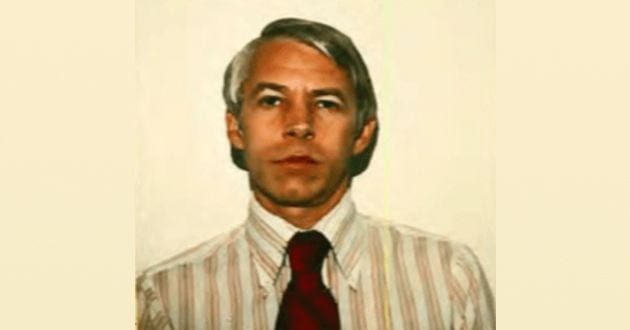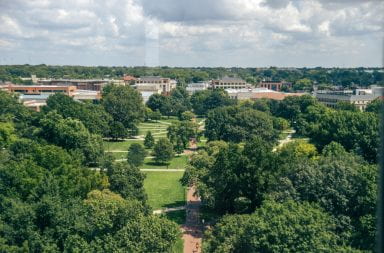A prominent postwar American artist currently has an exhibition on display at the Columbus Museum of Art.Claes Oldenburg is perhaps best known as the pop artist that creates large humorous sculptures of food and everyday objects such as the “Free Stamp” in Cleveland and his clothespin in Philadelphia.The current exhibition, “Claes Oldenburg: Printed Stuff,” is a collection of his prints and graphic work spanning the last 30 years.”Stuff covers just about everything in the universe,” Oldenburg said. “It is all that is matter and all that matters.”Oldenburg said that he was worried that using the word “stuff” was kind of casual for such a serious show. When he looked it up in the dictionary, he found it was a big, serious word.In truth, despite the humor people find in much of his work, there is a deeper meaning to each of the pieces.Two of his most famous pieces, the bat column in Chicago and the clothespin in Philadelphia are prime examples of his art having deeper meaning.To find the meaning of the bat, a person would need to look into Oldenburg’s prints, where the idea was first conceptualized.”The bat column was derived from a bat spinning at the speed of light so that it would seem to be standing still,” Oldenburg said. “It is an attempt to make a fearful object look peaceful. Which is the way that I see all art.”The actual sculpture is made of steel. It gives the appearance that it is spinning or moving, in response to the viewer and the sky in the background, Oldenburg said. Oldenburg said that the reason he started doing the sculptures was to bypass the gallery system and bring the work directly to the people.The prints came a little later in his career, as part of the print revolution of the 60s. He started them as a way to raise money and disseminate collectable, affordable images.”I felt that if I was going to start making prints, why not take on the tradition and see what you could do inside the tradition,” Oldenburg said. “In the 70s I became interested in making prints the way they should be made.”Oldenburg said that the challenge he faced was to recreate in prints the quality of the drawings.David Platzker, one of the guest curators of the exhibition said that Oldenburg was very successful in his recreations because Oldenburg’s prints are spontaneous.Oldenburg said that most of his prints and sculptures were done in a much more simple time. When he started out, New York’s walls were covered in street art, not graffiti. He said that artists were compelled to display their art. Back then, when you started a piece it was not for commercial endeavor, he said.”To a real artist, art should be a necessity,” Oldenburg said. “Everyone should see the images.”Today, things are not as innocent. Oldenburg said that it is a challenge of taste to put something into the public.”There is a great responsibility to put a sculpture into a public site,” Oldenburg said. “A permanent piece of art must be able to survive stylistic changes in art.”Being able to predict those changes in art and read the pulse of society was instilled in Oldenburg while at Yale, where he studied English, philosophy and a little art.In fact, Oldenburg came into art sort of late. He said that in terms of art, the best education came from fellow students, where they discussed and compared their works.Oldenburg’s place in art history is secure. Not only are his sculptures a permanent reminder of his legacy, but he also joins fellow artists Andy Warhol and Roy Lichtenstein, among others, with six sketches that were left on the moon by astronauts.”Claes Oldenburg: Printed Stuff” runs through March 22 at the Columbus Museum of Art, 480 E. Broad St.


